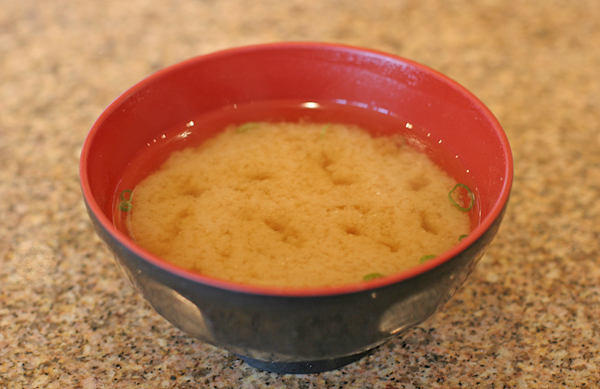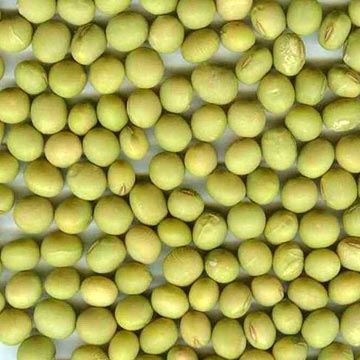Exercise 03: Value Added
To understand the concept of value added, take the example of three simple
stages of production:
 A. 1000 Yen of
miso soup is produced by a chef using pots, pans, and a stove, converting 500
Yen tofu and other ingredients. The chef and his or her tools are the "factors
of production," while the tofu (and the other ingredients, ignored here) are the
intermediate goods used up and converted into part of the soup.
A. 1000 Yen of
miso soup is produced by a chef using pots, pans, and a stove, converting 500
Yen tofu and other ingredients. The chef and his or her tools are the "factors
of production," while the tofu (and the other ingredients, ignored here) are the
intermediate goods used up and converted into part of the soup.
 B. The tofu used was
made using 200 Yen of soy beans. The soy beans are the raw material used up and
converted into the tofu.
B. The tofu used was
made using 200 Yen of soy beans. The soy beans are the raw material used up and
converted into the tofu.
 C. The soy
beans were grown and harvested during the year. Assume, for simplicity, that the
200 Yen measures the value added in that sector. These beans are thus assumed to
be simply results of the services of the factors of production.
C. The soy
beans were grown and harvested during the year. Assume, for simplicity, that the
200 Yen measures the value added in that sector. These beans are thus assumed to
be simply results of the services of the factors of production.
If we simply add up the results of the three stages, we get a total of 1700
Yen. But this counts the tofu twice, first by itself and then as part of the
miso soup. The soy beans are counted three times, in all three stages. This is
double (or triple) counting.
On the other hand, we can get an accurate estimate of the final product by
using the value-added method:
1. How would you calculate the fixed costs for the chef?
2. What is the value added in the first process, making soup using tofu?
3. What is the value-added in the second process, making tofu from soy beans?
(The value added in the third process, growing soy beans, is by assumption
200 Yen.)
4. What is the sum of these three processes? How does it differ from
the value of the final product, the miso soup?
 A. 1000 Yen of
miso soup is produced by a chef using pots, pans, and a stove, converting 500
Yen tofu and other ingredients. The chef and his or her tools are the "factors
of production," while the tofu (and the other ingredients, ignored here) are the
intermediate goods used up and converted into part of the soup.
A. 1000 Yen of
miso soup is produced by a chef using pots, pans, and a stove, converting 500
Yen tofu and other ingredients. The chef and his or her tools are the "factors
of production," while the tofu (and the other ingredients, ignored here) are the
intermediate goods used up and converted into part of the soup.  B. The tofu used was
made using 200 Yen of soy beans. The soy beans are the raw material used up and
converted into the tofu.
B. The tofu used was
made using 200 Yen of soy beans. The soy beans are the raw material used up and
converted into the tofu.  C. The soy
beans were grown and harvested during the year. Assume, for simplicity, that the
200 Yen measures the value added in that sector. These beans are thus assumed to
be simply results of the services of the factors of production.
C. The soy
beans were grown and harvested during the year. Assume, for simplicity, that the
200 Yen measures the value added in that sector. These beans are thus assumed to
be simply results of the services of the factors of production.